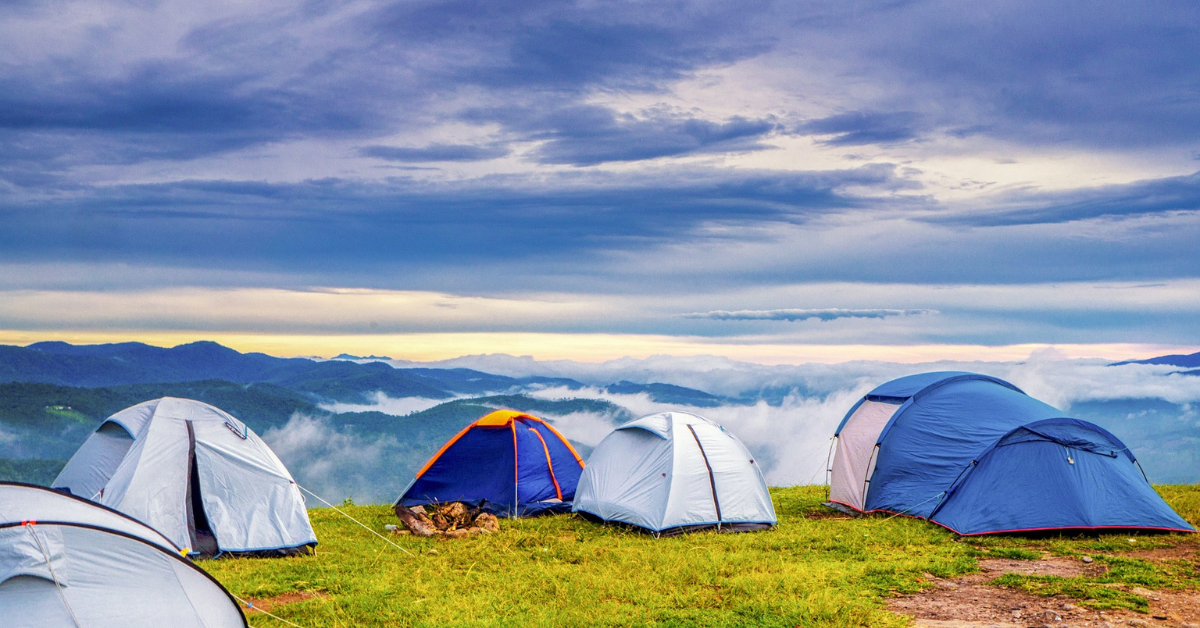High-altitude climbing is a popular and challenging activity that requires strength, endurance, and careful preparation. Climbing at high altitude can have a profound effect on the body, and it’s important to understand how different organs are affected by low oxygen levels and extreme conditions.
In this beginner’s guide, we’ll take a look at the various organs that are affected by high-altitude climbing and provide some tips on how to stay safe and healthy during your climb.
Introduction to High Altitude Climbing
High-altitude climbing is defined as climbing at elevations above 8,000 feet (2,438 meters) above sea level. At these elevations, the air pressure and oxygen levels are significantly lower than at sea level, making it more difficult for the body to function properly.
High-altitude climbing can have a number of physical effects on the body, including changes to the heart, lungs, brain, and other organs.
Effects on the Lungs
One of the most common organs affected by high altitude climbing is the lungs. At high altitude, the air pressure is lower, which means there is less oxygen available to breathe. This can lead to a number of respiratory problems, including shortness of breath, coughing, and chest pain. In extreme cases, it can also cause pulmonary edema, which is a buildup of fluid in the lungs that can be life-threatening.
Effects on the Heart
High altitude climbing can also have a significant impact on the heart. The heart has to work harder at high altitude to pump blood around the body, which can lead to an increased heart rate and blood pressure. This can put a strain on the heart, and in some cases, it can lead to heart failure. It’s important to monitor your heart rate and blood pressure while climbing at high altitude and to take breaks as needed.
Effects on the Brain
Another organ that is affected by high altitude climbing is the brain. At high altitude, the brain may not receive enough oxygen, which can lead to headaches, dizziness, and confusion. In extreme cases, it can also cause altitude sickness, which is a potentially life-threatening condition that can cause swelling in the brain.
Effects on the Kidneys
The kidneys are also affected by high altitude climbing. At high altitude, the body may produce more urine than usual, which can lead to dehydration and electrolyte imbalances. This can put a strain on the kidneys and may lead to kidney damage if not properly managed. It’s important to stay hydrated while climbing at high altitude and to monitor your urine output and electrolyte levels.
Effects on the Digestive System
High altitude climbing can also affect the digestive system. The low oxygen levels can cause a decrease in appetite, which can lead to weight loss and muscle wasting. In addition, high altitude can cause nausea, vomiting, and diarrhea, which can lead to dehydration and electrolyte imbalances. It’s important to eat a healthy, balanced diet while climbing at high altitude and to stay hydrated to avoid these problems.
Effects on the Skin
The skin is also affected by high altitude climbing. The low humidity and high altitude can cause the skin to become dry, cracked, and irritated. In addition, the increased exposure to UV radiation at high altitude can lead to sunburn and an increased risk of skin cancer. It’s important to protect your skin while climbing at high altitude by wearing sunscreen, protective clothing, and staying hydrated.
Tips for Staying Safe and Healthy
To stay safe and healthy while climbing at high altitude, it’s important to follow a few key tips:
- Gradually acclimate to high altitude by spending
- Gradually acclimate to high altitude by spending time at intermediate elevations before climbing higher.
- Stay hydrated by drinking plenty of fluids, including water, sports drinks, and soups.
- Eat a healthy, balanced diet that includes plenty of carbohydrates, proteins, and fats.
- Take breaks as needed to rest and allow your body to adjust to the altitude.
- Monitor your heart rate, blood pressure, and oxygen levels using a pulse oximeter.
- Dress appropriately for the weather and protect your skin from the sun.
- Carry appropriate gear, including a first aid kit, emergency shelter, and communication devices.
By following these tips, you can help reduce your risk of altitude-related illness and injury while climbing at high altitude.
Related: Does Coke Help With Altitude Sickness?
Frequently Asked Questions (FAQs)
Q: Can anyone climb at a high altitude?
High-altitude climbing can be dangerous, and it’s not recommended for everyone. People with certain medical conditions, such as heart or lung disease, may be at a higher risk of altitude-related illness and should consult with their doctor before attempting high-altitude climbing.
Q: How long does it take to acclimate to high altitude?
Acclimation to high altitude can vary depending on the individual and the elevation. It’s generally recommended to spend at least two to three days at intermediate elevations (around 6,000 to 8,000 feet) before climbing higher.
Q: What is altitude sickness, and how can it be treated?
Altitude sickness is a potentially life-threatening condition that can occur at high altitude. Symptoms include headache, dizziness, nausea, vomiting, and confusion. In severe cases, it can lead to swelling in the brain and other life-threatening complications. Treatment typically involves descending to a lower elevation, oxygen therapy, and medication to relieve symptoms.
Q: Is it safe to climb at high altitude alone?
Climbing at high altitude alone can be dangerous, and it’s not recommended. It’s important to climb with a partner or group and to carry appropriate gear and communication devices in case of an emergency.
Conclusion
In conclusion, high-altitude climbing can have a profound effect on the body, and it’s important to understand how different organs are affected by low oxygen levels and extreme conditions.
By following the tips outlined in this beginner’s guide and monitoring your body’s response to high altitude, you can help reduce your risk of altitude-related illness and injury and enjoy a safe and rewarding climbing experience.
